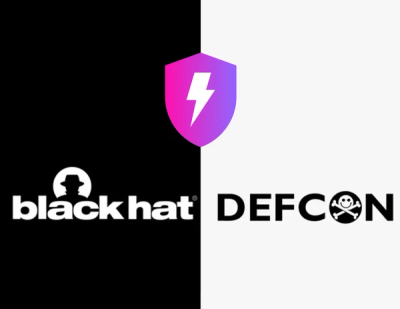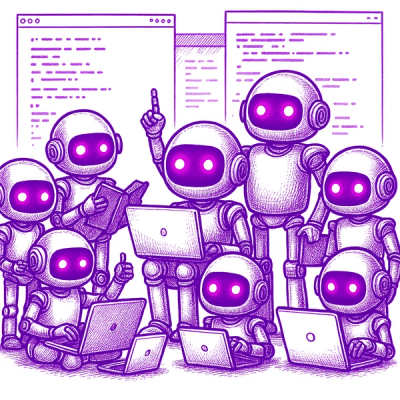
Research
/Security News
Contagious Interview Campaign Escalates With 67 Malicious npm Packages and New Malware Loader
North Korean threat actors deploy 67 malicious npm packages using the newly discovered XORIndex malware loader.
deck.gl-particle
Advanced tools
Particle simulation layer for deck.gl

import { Deck } from '@deck.gl/core';
import { ParticleLayer } from 'deck.gl-particle';
const deckgl = new Deck({
layers: [
new ParticleLayer({
id: 'particle',
image: ..., // see deck.gl BitmapLayer image property
imageUnscale: ..., // [number, number]
bounds: ..., // [number, number, number, number]
numParticles: ..., // number
maxAge: ..., // number
speedFactor: ..., // number
color: ..., // [number, number, number]
width: ..., // number
opacity: ..., // number
});
],
});
Requires WebGL 2 (Chrome, Firefox, Edge, Safari 15).
Image contains particle speeds in deck.gl COORDINATE_SYSTEM.LNGLAT, u component encoded into R channel, v component encoded into G channel. See sample image. The image texture can be generated with the following commands, with u.grib and v.grib files as input:
gdalbuildvrt -separate wind_data.vrt u.grib v.grib v.grib
gdal_translate -ot Byte -scale -128 127 0 255 wind_data.vrt wind_data.png
Pass the generated image texture, the original data bounds and the geographic bounds to ParticleLayer:
image: 'wind_data.png',
imageUnscale: [-128, 127],
bounds: [-180, -90, 180, 90],
There is a commercial library with particle layer improvements and additional layers available with WeatherLayers.com subscription.
1.1.0
FAQs
Particle simulation layer for deck.gl
We found that deck.gl-particle demonstrated a not healthy version release cadence and project activity because the last version was released a year ago. It has 1 open source maintainer collaborating on the project.
Did you know?

Socket for GitHub automatically highlights issues in each pull request and monitors the health of all your open source dependencies. Discover the contents of your packages and block harmful activity before you install or update your dependencies.

Research
/Security News
North Korean threat actors deploy 67 malicious npm packages using the newly discovered XORIndex malware loader.

Security News
Meet Socket at Black Hat & DEF CON 2025 for 1:1s, insider security talks at Allegiant Stadium, and a private dinner with top minds in software supply chain security.

Security News
CAI is a new open source AI framework that automates penetration testing tasks like scanning and exploitation up to 3,600× faster than humans.